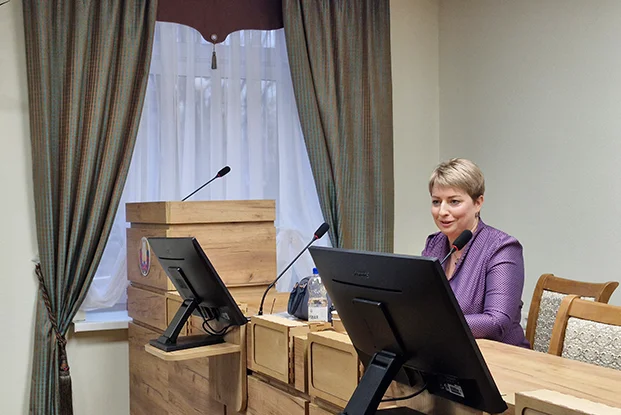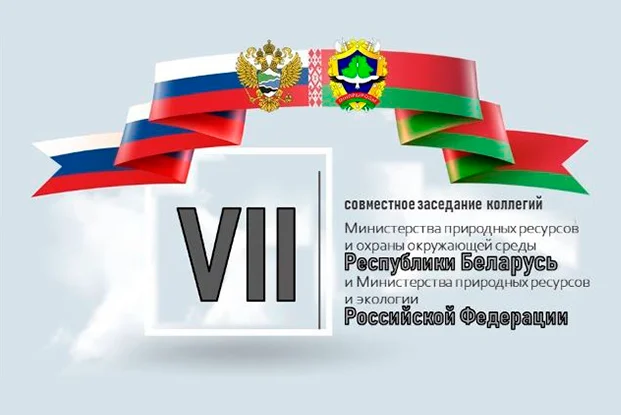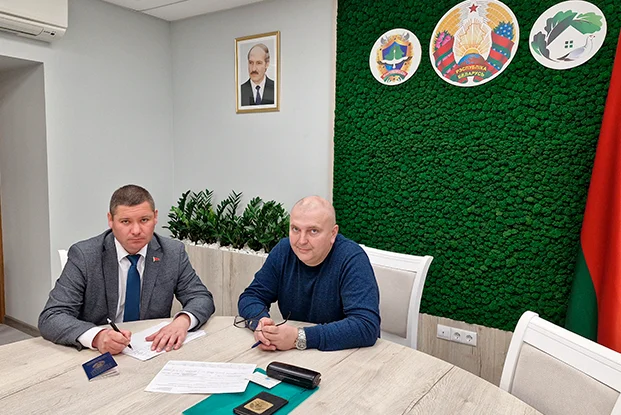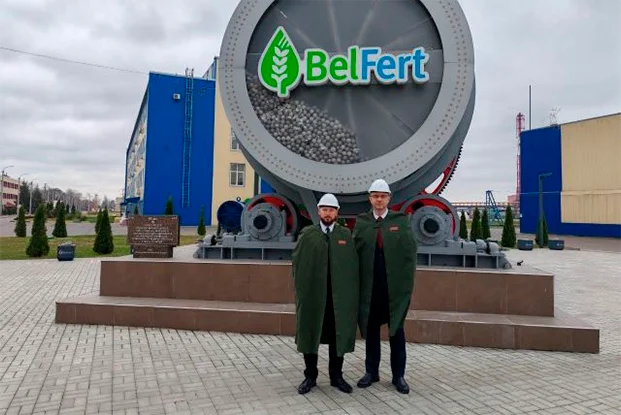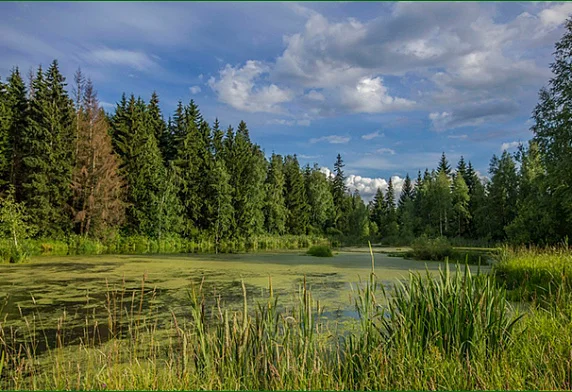
Every year on February 2nd, World Wetlands Day is celebrated, which this year is held under the slogan “Wetlands and Human Well-Being”, which highlights how closely all aspects of our well-being are linked to the health of these unique ecosystems, and calls on us to value and protect our wetlands!
Wetlands are natural or artificial areas that are permanently or periodically flooded with water. These can be swamps, river and lake banks, coastal thickets, beaches and shallow waters, dams and many others. There are 42 types of wetlands, but they are all divided into three types: coastal, inland and man-made.
Wetlands help us mitigate the effects of climate change and adapt to its consequences more easily. Each hectare of wetlands can absorb about 14 thousand cubic meters of water, preventing floods and river overflows, alleviating droughts. Wetlands absorb more carbon dioxide than any other ecosystem on our planet. Peatlands cover only 3% of the Earth’s surface, but they contain about 30% of soil carbon, which is twice as much as all the forests on the planet.
Wetlands are also important for maintaining the carbon balance and combating the greenhouse effect. Bottom sediments of rivers and lakes reliably preserve organic matter for centuries and millennia, but peat bogs are the absolute champions in carbon absorption. 30% of all carbon contained in soil and land plants is stored in wetlands. Peat is twice as effective a carbon sink as forests.
The result of systematic work in the Republic of Belarus was the adoption of a unique document of its kind — the Law “On the Protection and Use of Peatlands”.
The wetlands of Belarus are also a constant object of interest for scientists. The rivers, lakes and wetlands of the republic are the subject of continuous monitoring. Issues of water quality, the state of local flora and fauna, sustainable water management strategies, protection and restoration of damaged ecosystems are often discussed at scientific conferences.





